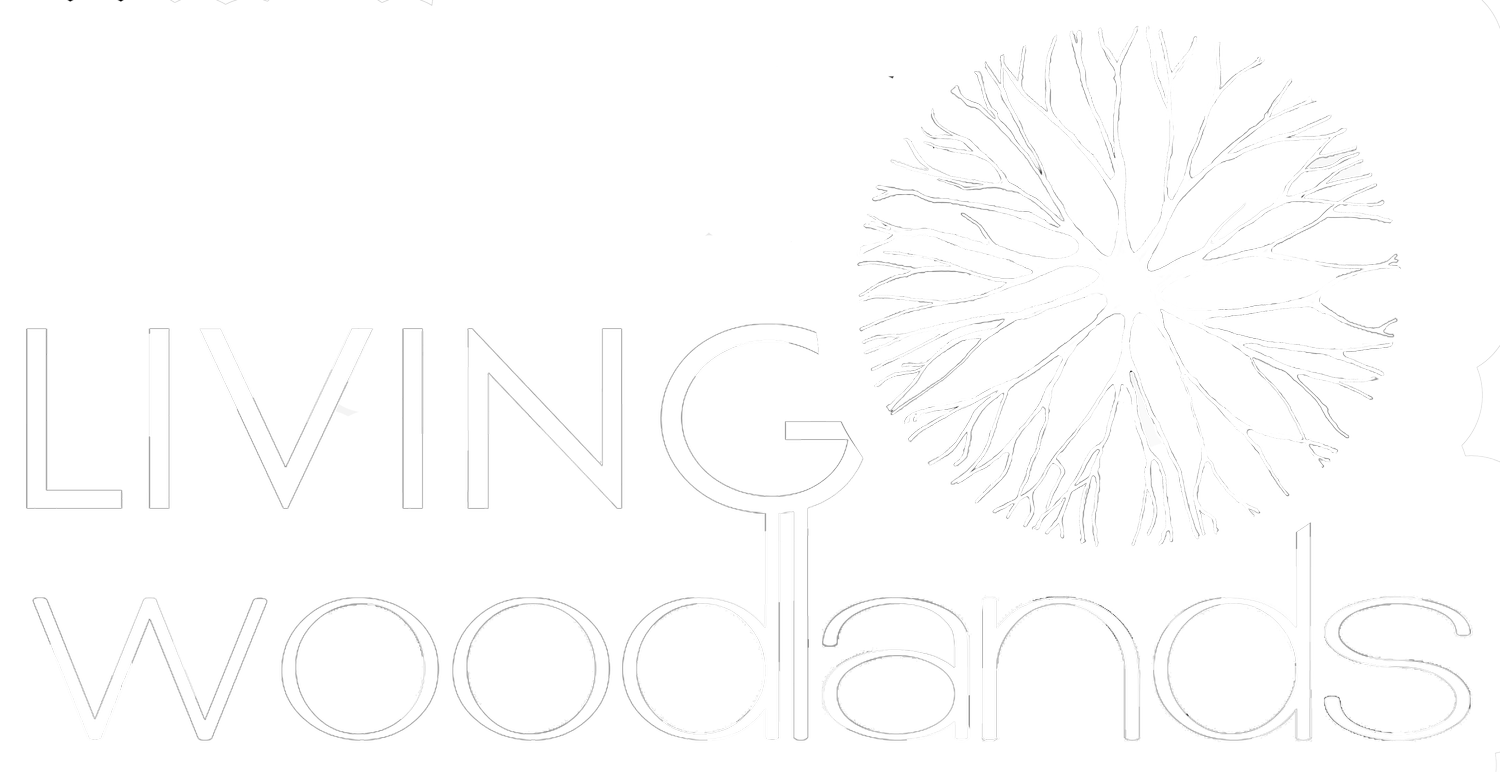We don’t just plant trees.
We create complex and biodiverse native woodlands that heal soils and restore damaged ecosystems.
This is how it works:
Nourishing the soil
Everything begins with healthy soil. The first step in all of our projects is the careful testing of the earth on site. We then add locally sourced compost as needed to restore the health of the soil enabling the underground mycelial web to grow and flourish.
Selecting the trees
We only use locally sourced saplings of native Irish provenance and choose a diverse range of species (10-15) suited to the soil type
Planting the trees
Following the Miyawaki method, the trees are planted more densely to mimic natural afforestation. We also include four different forest layers and the trees are never planted in straight lines!
Involving communities
We plant the forest together with volunteers including school children. Education and outdoor learning are essential in safeguarding biodiversity into the future. Employees from sponsoring businesses can also be part of planting days.
Mulching
All our forests are planted safely and naturally - we never use pesticides or fertilizers. Instead they are mulched using local straw.
Biodiversity monitoring
We monitor increasing biodiversity on an annual basis using citizen science. Schoolchildren and community members conduct surveys and studies of their local forest becoming stewards of their natural environment. These studies are monitored and supervised by our scientific advisory panel.
Our method in action means up to 10 times faster growth than conventional tree planting. That means a community can have a flourishing forest in as little as 3 years.
February 2022
May 2023
This Tiny Forest in Tait House Community Enterprise in Southill was created in February 2022.








